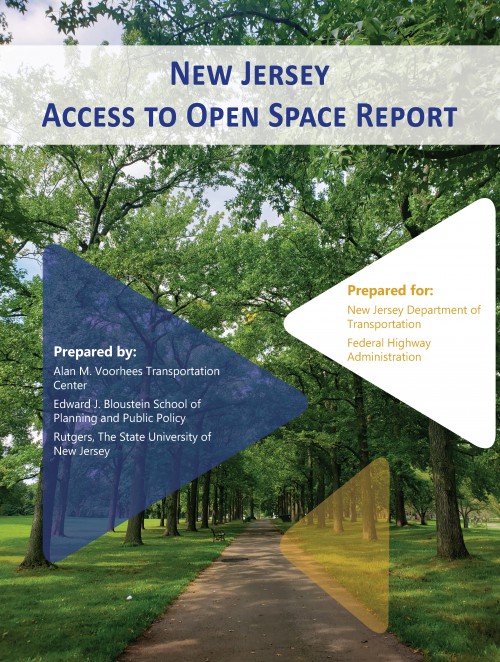Numerous studies have shown that walking, bicycling, and other physical activities have positive physical and mental health benefits to people of all ages. Although people exercise in fitness centers, bicycle on bike paths and bike lanes, and walk on sidewalks, shopping centers, and even in parking lots, public open spaces such as parks and playgrounds provide a safe and low- or no-cost opportunity to undertake many different forms of physical activities. Such open spaces provide the opportunity for combining relaxation, recreation, and social interaction with physical activities. Furthermore, many parks and playgrounds are used for recreational sporting events, runs, and group walks that can attract people who are not physical-activity enthusiasts. It is, therefore, not surprising that there is a growing interest among researchers about access and use of open space, as well as real and perceived barriers that prevent people from utilizing open spaces even when they are located in close proximity.
There are many reasons for people not utilizing open spaces, including lack of motivation and time. However, negative attributes often attached to open spaces, such as crime and drug use, can also deter people from utilizing open spaces. As discussed in the literature review of this report, park use is sometimes associated with people’s socioeconomic characteristics. Furthermore, cultural interpretation of open spaces can also vary among population groups, such as immigrants and non-immigrants. Other factors, such as major roads between neighborhoods and open spaces and unsafe traffic conditions near open spaces can also deter people from utilizing parks. There can also be differences between the sexes and people of different ages because women and older adults often feel more vulnerable and apprehensive of visiting open spaces without company. Finally, there is at least a hypothesis that minority populations may not feel they are welcome to use public open spaces. Among the young minority populations, there is also the apprehension that they may be unduly harassed by police because of their race and/or ethnicity.
With that background, this study investigates how public open spaces are utilized by people in New Jersey with special attention to cities that contain large public open spaces. A pedestrian intercept survey was conducted in the summer and early fall of 2019 in nine cities containing 12 parks. A total of 699 adults aged 18 or older took the survey. The survey included questions on proximity to open space, distance, mode of access, ease of access by sidewalks and bike lanes, frequency of use, purpose of use, attractive park attributes, reasons for not using open spaces more often, specific types of barriers to using open spaces, the use of activity monitoring devices such as Fitbit, and also several questions pertaining to demographic and socioeconomic attributes of the respondents.
Read full report: New Jersey Access to Open Space Report (2019)
New Jersey Bicycle and Pedestrian Resource Center. (2019). New Jersey Access to Open Space Report. Retrieved from https://njbikeped.org/portfolio/new-jersey-access-to-open-space-2019/

